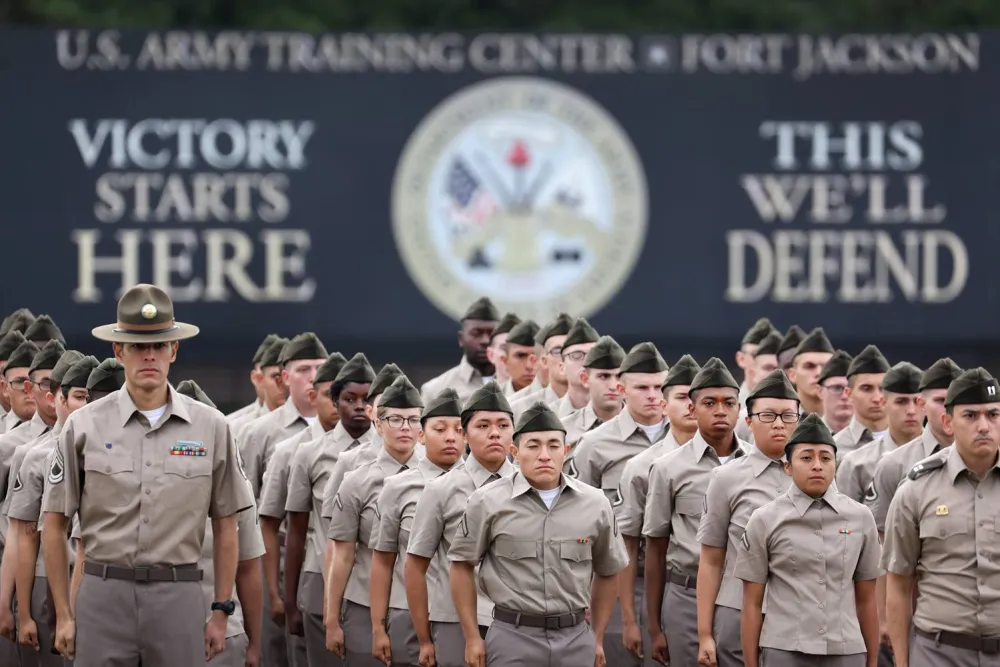
作者/Author(s): Raphael S. Cohen
網站來源/Source: Foreign Policy
日期/Date: 12/02/2024
關鍵字/Keywords: 軍事、中國、北韓、美國
摘要:
北韓在烏克蘭部署軍隊,以及中國在波羅的海切斷海底電纜,都凸顯了美國近期的國防規劃存在部分缺陷。
- 主要教訓:
- 與單一對手在單一戰區內的衝突,可能無法限制對手只在衝突區域內運作。
- 美國無法阻止其他敵對勢力加入其他地區的戰爭。
- 隨著美國的對手之間更加緊密聯合,單一地區的衝突可能擴散至其他地區。
- 美國的國防規劃正確,但他們對戰略環境的假設需要更新。
- 歐巴馬、特朗普和拜登政府曾試圖通過與個別成員和解,來瓦解他們的聯盟,但卻沒有注意到這些成員對國際社會現狀不滿,並與美國存在利益衝突。
- 即將上任的川普政府或許能夠停止烏克蘭和中東的衝突,但難以瓦解俄羅斯、中國、伊朗和北韓日益緊密的聯盟,原因如下:
- 俄羅斯可以透過聯盟獲得經濟和軍事支援。
- 伊朗與北韓則可獲得大國的軍事技術與後盾。
- 美國也試圖減少在某些地區的存在感,並將重點放在印太地區。然而,由於美國在中東和歐洲擁有更廣泛的利益和高相互依存,導致美國不得不回到這些地區,不斷增加部署。
- 因此,如果美國無法分化這一個聯盟,就必須為新的戰略環境做好準備,美國需要同時應對多個戰區的多個敵人。
- 美國國防戰略委員會正在設計一個應對三個戰區的軍力構架,但面臨以下重大挑戰:
- 為對抗中國、俄羅斯、伊朗和北韓的聯合力量,美國需要大幅增加軍事支出。
- 美國無法單獨對抗這一聯盟,所以必須向盟友爭取援助,而且盟友也必須增加國防投資。
Summary:
The deployment of North Korean troops in Ukraine and China's cable-cutting in the Baltic Sea hinted the recent US defense planning is inherently flawed.
- Major lessons:
- A conflict with one foe in one theater may not stay restricted to that one foe and region.
- The US could not deter other adversaries from joining a war far away from their region.
- As the US adversaries become more intimate, a conflict in one region may spread to other areas.
- The US defense planning is correct, but its assumption of the strategic environment needs to be updated.
- The Obama, Trump, and Biden administrations tried to break the unholy alliance by reconciling with individual members but failed to notice they were dissatisfied with the status quo and had conflicting interests with the US.
- The incoming Trump administration may be capable of stopping conflicts in Ukraine and the Middle East. Still, it will not crack the increasing affinity of Russia, China, Iran, and North Korea for the following reasons:
- Russia could obtain economic lifeline and military support from the alliance.
- Iran and North Korea could secure military technology and backing from great powers.
- The US also tried to reduce its presence in some regions and focus on the Indo-Pacific region. However, due to its broader interests and interdependence in the Middle East and Europe, it repeatedly returned to the area and increased its presence.
- Hence, if the US cannot fracture the axis, it must plan for the new strategic environment, which requires the US to fight more than one adversary in more than one theater simultaneously.
- The US National Defense Strategy Commission is devising a three-theater force construct, but there are significant challenges:
- The US requires a massive increase in its military spending to counter the combined weight of China, Russia, Iran, and North Korea.
- The US cannot counter the axis alone. It must rally assistance from its allies, provided that its partners also increase their defense investments.
